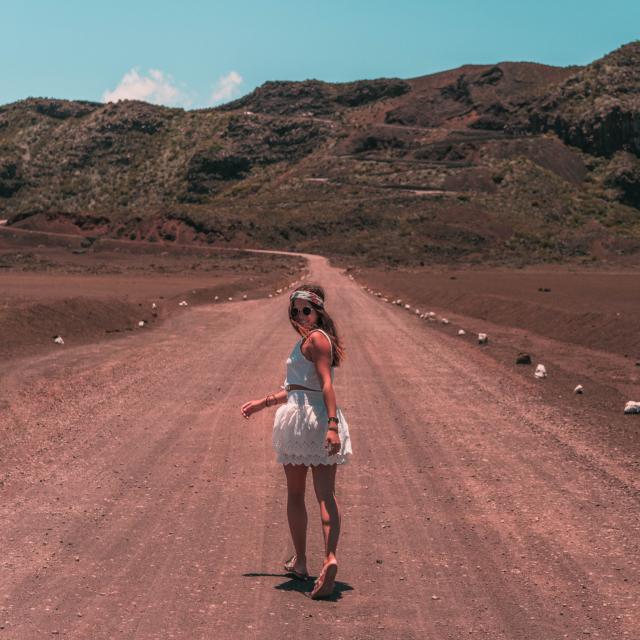Intensely volcanic
 Photographe
Photographe







The highest volcano of France is in La Reunion: The Piton des Neiges culminating at 3071 meters above the sea level and is also the roofop of the lndian Ocean! Now dormant this volcano created La Réunion. Since largely eroded, Piton des Neiges and its surroundings offer unique mountainous relief, recognized by UNESCO.
Aujourd’hui son ascension au centre de l’île, permet de découvrir un fabuleux panorama à 360°
With no less than five eruptions in 2019 and another two in 2020, Piton de la Fournaise is one of the most active volcanoes in the world. Every time, residents and visitors enjoy a truly unique spectacle. There is no danger because the eruptions are non-explosive and an observatory warns in advance of any coming earthquakes. Lava fountains and flows sparkle in the night as they make their way down the island’s rugged slopes. In March 1986, a spectacular lava flow south of the Pointe du Tremblet reached the sea and extended the island. 2007 saw the eruption of the century. It was a key moment in the history of the Piton de la Fournaise, as the Dolomieu crater collapsed and the volcano crossed a primal forest, a river and a section of the main road before sending 200 million cubic metres of lava into the ocean.